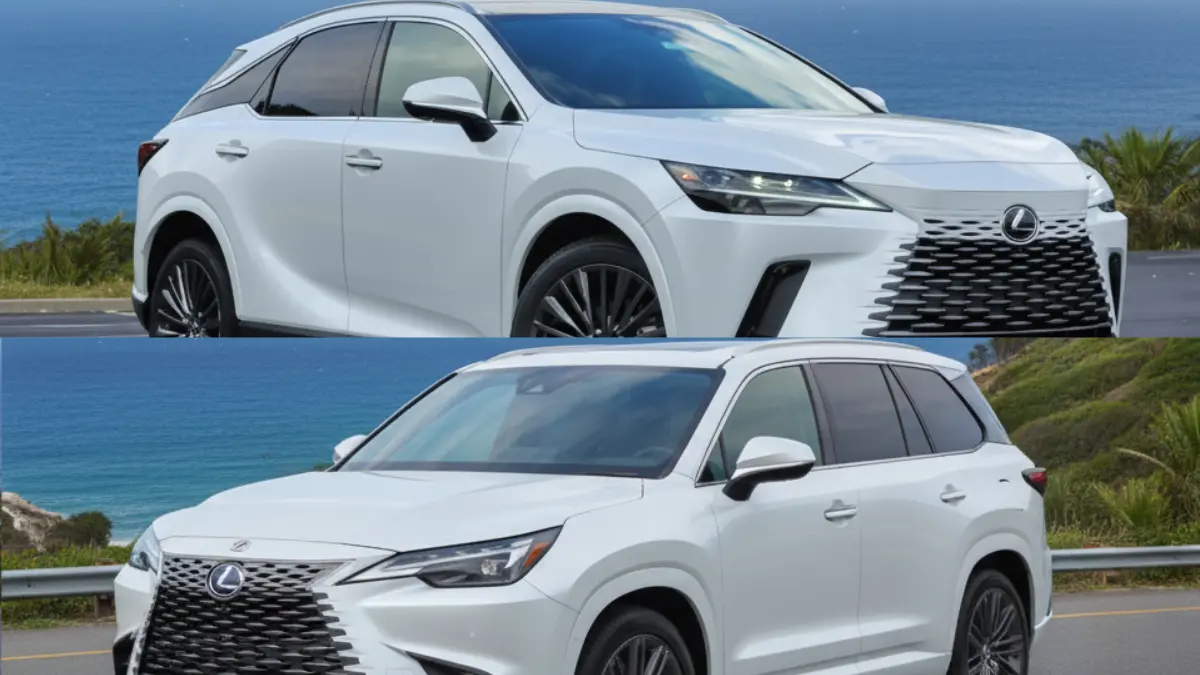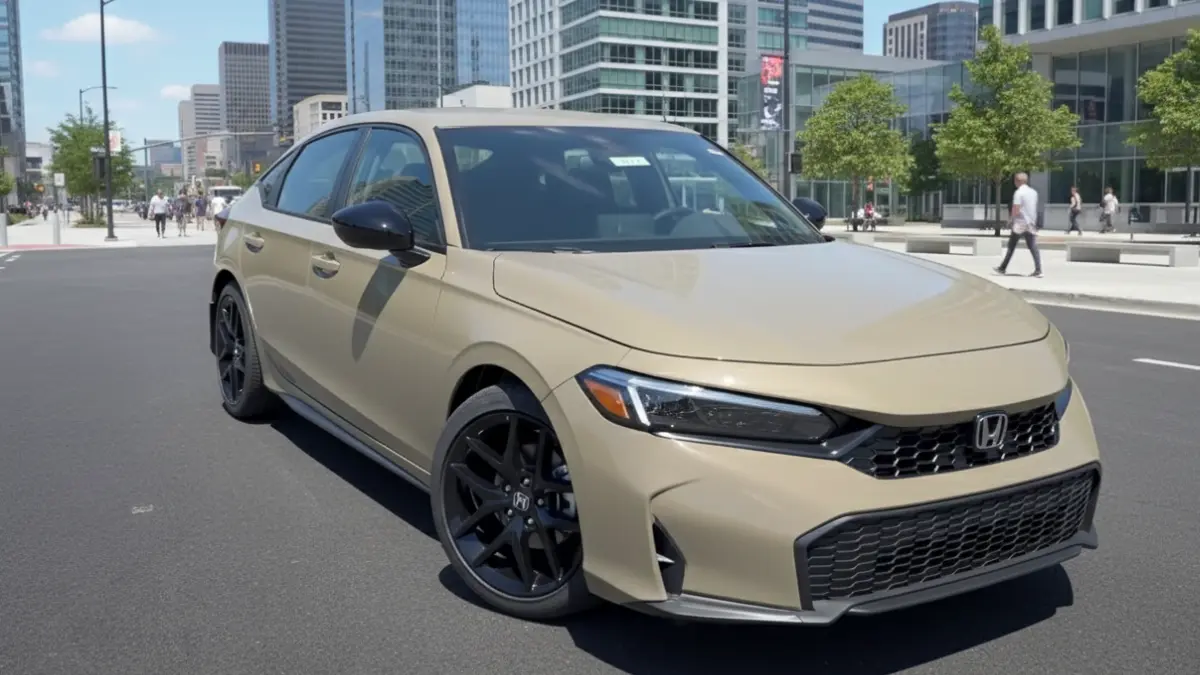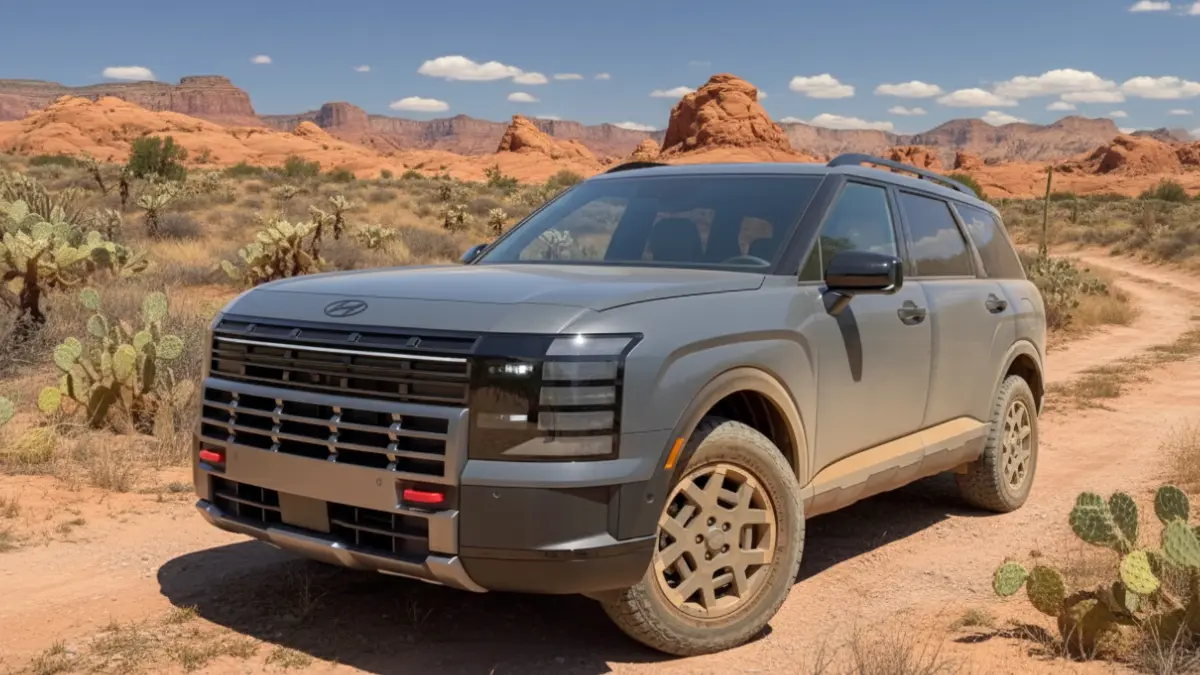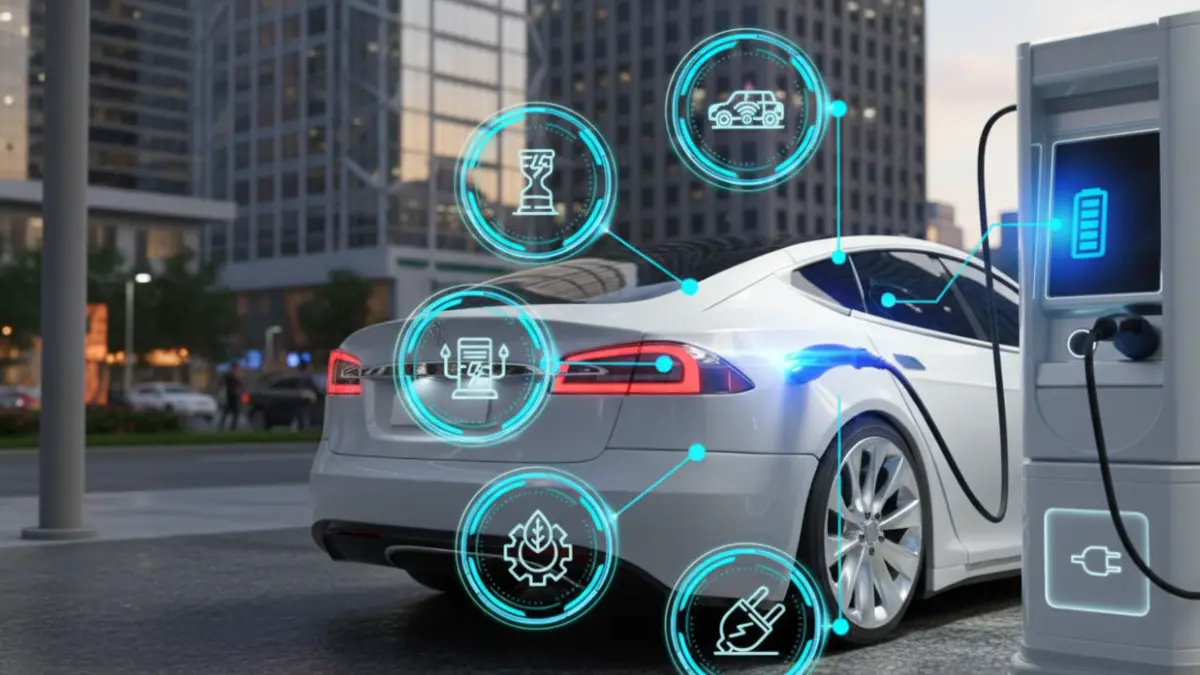2026 Nissan Leaf: All-New Crossover EV Shocks Rivals with 303-Mile Range and $29,990 Price
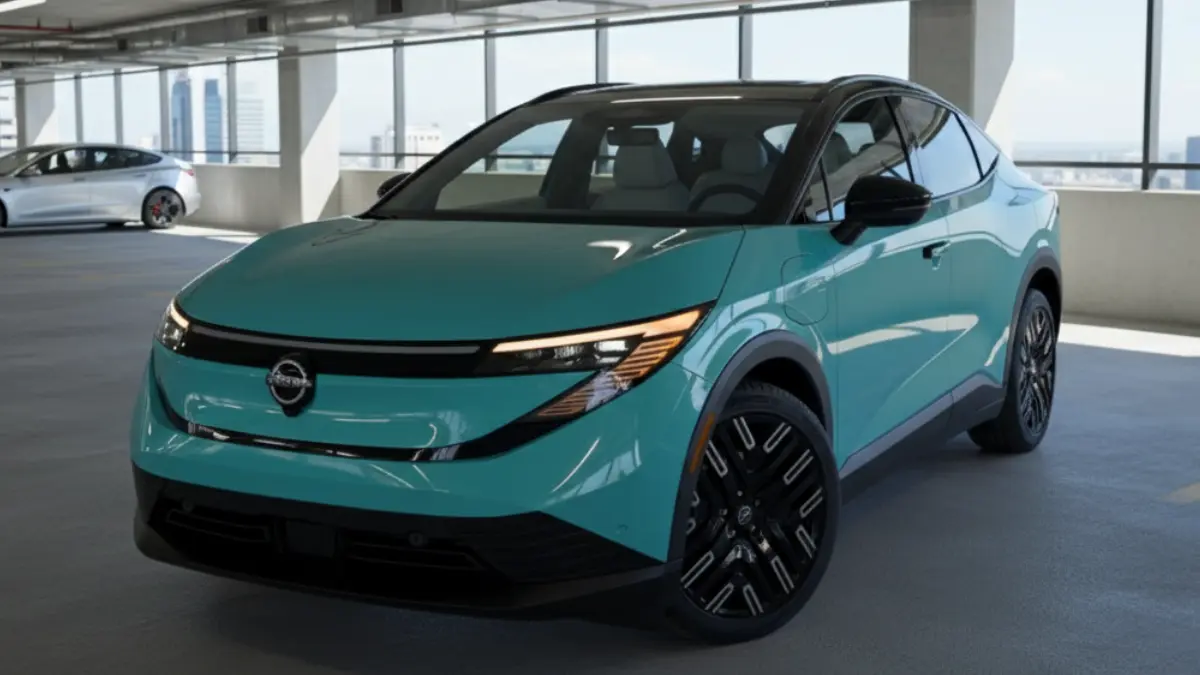
Nissan has reimagined the Leaf for 2026, transforming the longtime compact EV into a small, well-equipped crossover that undercuts much of the competition on price while packing surprising levels of tech and creature comforts. Early reviewer impressions, show the new 2026 Nissan Leaf arrives with a larger battery option, class-leading standard safety and infotainment features, and a starting price that makes it the cheapest new electric vehicle in the U.S. lineup today.
2026 Nissan Leaf Specifications
- Starting price: $29,990 for the base S+ (current launch pricing).
- Battery & power (Plus models): 75 kWh lithium-ion battery, single-motor front-wheel-drive, 214 hp.
- EPA-style ranges (by trim): Up to 303 miles (S+), 288 miles (SV Plus), 259 miles (Platinum Plus).
- Charging: 7.2 kW AC home charging; 150 kW DC fast charging (10–80% in ~35 minutes).
- Cargo: 20 cu ft behind rear seats; 55.5 cu ft with rear seats folded.
- On sale: Nissan says the model goes on sale later this year; a lower-capacity 52 kWh model is expected later at an even lower price (rumors near $26,000).
- Manufacturing: Built in Japan.
What's new: 2026 Nissan Leaf becomes a crossover
For 2026 Nissan has moved the Leaf away from the small hatchback formula and given it a broader, more substantive crossover silhouette. The new 2026 Nissan Leaf is about 8 inches wider than the previous generation, rides on Nissan's dedicated EV platform (a close cousin to the Arya's underpinnings), and features a coupe-like sloping rear that prioritizes aerodynamics and style.
Exterior highlights include:
- Full LED lighting with signature daytime elements and an optional illuminated logo.
- Matte black cladding and wheel-arch trim consistent with crossover design.
- Wheel options ranging from 18-inch steel wheels (base) to 19-inch contrast alloys on the Platinum.
- Limited ground clearance, roughly a little over 5 inches, so the Leaf is closer to a higher-riding sedan than a tall SUV.
Powertrain and range
Nissan launches the Leaf initially with the larger "Plus" battery across the lineup and will add a smaller battery option later in the year.
- Plus models (launch): 75 kWh battery, single-motor FWD, 214 hp, 216 lb-ft of torque.
- Non-Plus (coming later): 52 kWh battery, 174 hp; official range not yet rated by Nissan.
- Range by trim (manufacturer ratings conveyed in review): S+, 303 miles; SV Plus, 288 miles; Platinum Plus, 259 miles.
Nissan currently offers 150 kW DC fast charging, capable of 10–80% in about 35 minutes, and dual charge ports on opposite fenders: a CCS port for AC (home) charging and an NACS port for DC fast charging. The Leaf also supports vehicle-to-load functionality for powering appliances on the go.
Interior: premium tech at an accessible price
Despite its aggressive price point, the new Leaf's cabin reads far more premium than its predecessors:
- Dual displays up to 14.3 inches each for instrument cluster and infotainment (base models downgrade to dual 12.3-inch screens).
- Head-up display available on Platinum.
- Materials: leatherette (branded "TailorFit") on higher trims, two-tone color schemes, padded inserts, and large open center storage enabled by the EV packaging.
- Seating: cloth at base; TailorFit leatherette on SV and Platinum, with the Platinum gaining perforation, quilting and memory seating.
- Audio: base 4-speaker, SV 6-speaker, Platinum gets a 10-speaker Bose system (speakers integrated even into headrests).
- Convenience: wireless Apple CarPlay/Android Auto (wireless), wireless phone charging (not on base S), 360° surround-view camera standard on every trim, parking sensors, and available panoramic dimmable glass roof on Platinum.
Notable standard driver-assist equipment includes forward collision assist with pedestrian detection, lane-keeping assist, automatic high beams and Nissan's ProPilot adaptive cruise control, all offered even on the base trim.
Practicality: space and cargo
The 2026 Leaf is smaller in some interior dimensions than the previous generation and more compact than small crossovers such as the Nissan Kicks. Rear passenger space is modest by American crossover standards: the reviewer measured 31.8 inches of rear legroom and about 36.6 inches of headroom (with the panoramic roof reducing headroom by roughly an inch). Cargo capacity is 20 cu ft behind the second row and expands to 55.5 cu ft with the second row folded; a "Divide & Hide" underfloor system adds useful storage organization.
Pricing and market positioning
Nissan's strategy with the 2026 Nissan Leaf is clearly value-led: the base S+ starts at about $29,990, with the SV roughly $4,000 higher and the Platinum Plus near $38,990 (the reviewer's Platinum example listed at $41,930 after options and destination). Nissan says the model will arrive later this year, while a lower-capacity, lower-priced variant is expected to follow. Because of its competitive pricing, the Leaf undercuts many EV rivals and may not qualify for certain federal tax credits; buyers should check current federal and state incentives before purchase.
Drive, suspension and capability
The 2026 Leaf uses a more sophisticated multi-link rear suspension than older Leafs, and multiple drive-mode and regen settings are available. At launch, Nissan offers single-motor FWD only; an all-wheel-drive version was not announced at launch, though the platform could technically support AWD in future iterations. A full driving impressions piece, including on-road behavior, performance delivery and sound-level readings, remains embargoed and will follow the initial exterior/interior preview.
Verdict and context
The 2026 Nissan Leaf represents a bold repositioning: Nissan kept the Leaf's historic focus on accessibility but reshaped it into a fashionable, well-appointed small crossover that competes on value rather than premium differentiation. For buyers prioritizing price, range (on Plus models) and standard tech/safety equipment, the new Leaf looks extremely compelling, especially given the launch $29,990 entry point and up to 303 miles of range on the base Plus trim.
As always, prospective buyers should compare real-world range, charging infrastructure compatibility (note the dual-port arrangement and adapter needs), and current tax incentives when evaluating the Leaf against competitors.
